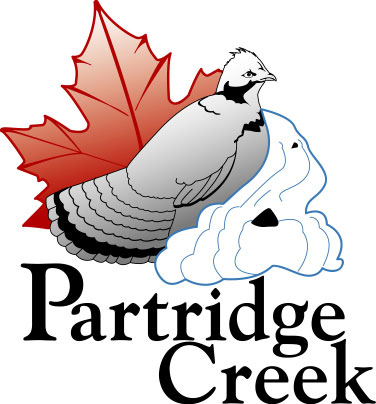 |
Making Cork Decoys |
 |
Making Cork Decoys |
Cork has been around since time began, being the bark off of cork oaks found in Spain, Portugal and parts of North Africa. It's removed in a sustainable way and is most commonly known for it's containment of spirits!
Cork first showed itself in decoys around the turn of the last century in the form of Lifeboat and LifeJacket cork that was laminated together to make a block big enough to carve from. One problem with all cork is that the virgin material that comes from the tree is only about 3" deep, by and 1" wide and about 10 or so inches long. Lifeboat cork was glued into larger pieces as was the jacket material.
Starting I don't know when someone figure out that if you take raw cork crumble and heat it under pressure the natural resins in the cork come out and it bonds together, thus making dark cork.
Most recently the heating was replaced with urethane adhesives and smaller crumble to produce the Tan cork use most extensively today.
So with a little history behind you follows are a few lessons on making cork birds.
 Making
Dark Cork "FOOTBALL" Style Decoys
Making
Dark Cork "FOOTBALL" Style DecoysSo just what is a football style decoy?
Simply stated it's a no frills bird that is simply rounded over giving smooth even flow and transition from one part to the next. It harkens back to when decoys first appeared and is the simplest style to make and a great place to start.